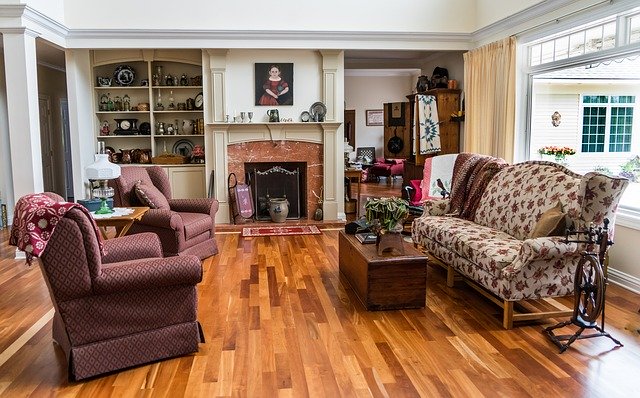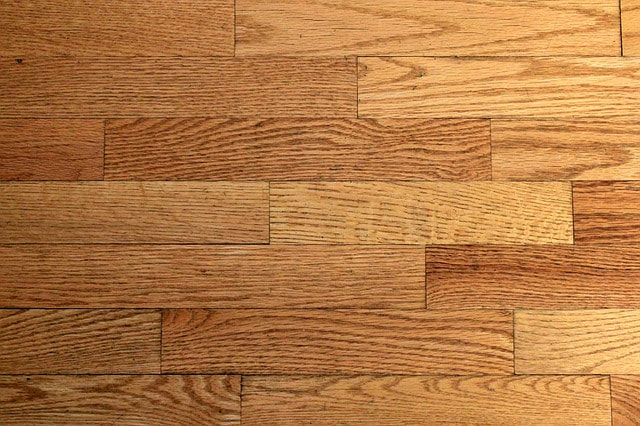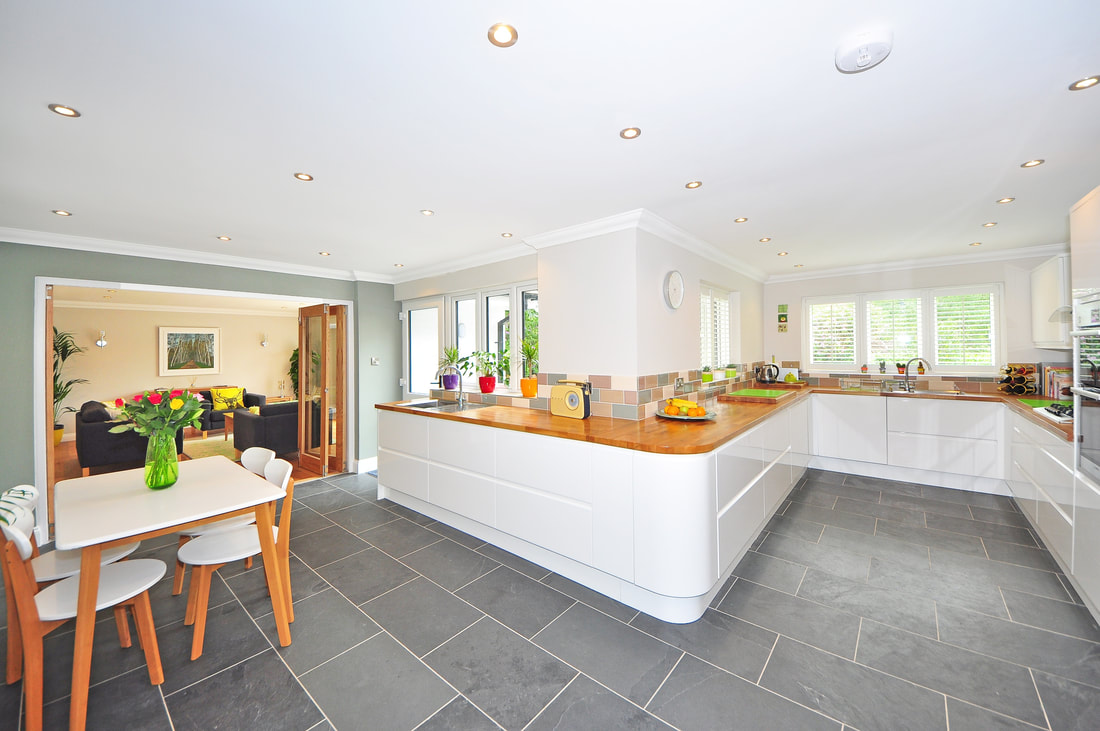What type of flooring you need and how to go about installing it is a decision every homeowner must make when considering a renovation. There are different types of flooring from wood to tile to choose from, in this article, we hope to give you a brief overview that will make your choice easier.
We Install These Types of Flooring
|
|
Hardwood Floors

We install hardwood floors in the Cedar Park Texas. You want a reliable flooring contractor to provide service for you home or business.
This is derived from planks gotten from a single piece of timber. Originally used for structural purposes they became commonplace on the floors of homes especially in the US and Canada. They are a timeless addition to any home.
To install:
● Measure room while allowing 15% extra for cutting and errors
● Minimal requirements for subfloor is plywood of not less than ¾”
● Installation should start from the longest wall.
● Take out shoe moulding and add a chalk line ⅜” from baseboard to serve as expansion space
● Place boards and face-nail and use a nail-set
● Drill holes into the tongue of each board and hand-nail until space is sufficient for pneumatic nailing
● Staple floorboards
● Fill holes with wood putty
This is derived from planks gotten from a single piece of timber. Originally used for structural purposes they became commonplace on the floors of homes especially in the US and Canada. They are a timeless addition to any home.
To install:
● Measure room while allowing 15% extra for cutting and errors
● Minimal requirements for subfloor is plywood of not less than ¾”
● Installation should start from the longest wall.
● Take out shoe moulding and add a chalk line ⅜” from baseboard to serve as expansion space
● Place boards and face-nail and use a nail-set
● Drill holes into the tongue of each board and hand-nail until space is sufficient for pneumatic nailing
● Staple floorboards
● Fill holes with wood putty
Engineered wood flooring
Previously considered to be beneath hardwood flooring but times have changed and it now makes up the biggest purchase in the wood floor market. Neither type can be called the best but engineered wood beats hardwood in terms of ease of installation and moisture resistance.
To install
● Ensure the subfloor is clean and dry
● Spread out tar paper which forms a moisture barrier
● Start the installation by placing planks along the longest wall. Planks have a tongue and groove system that lets them fit in together.
● Drive staples with a pneumatic stapler at every 6 to 8 inches
● Use different plank lengths to create staggered seams
● Finish flooring with baseboards
To install
● Ensure the subfloor is clean and dry
● Spread out tar paper which forms a moisture barrier
● Start the installation by placing planks along the longest wall. Planks have a tongue and groove system that lets them fit in together.
● Drive staples with a pneumatic stapler at every 6 to 8 inches
● Use different plank lengths to create staggered seams
● Finish flooring with baseboards
Bamboo flooring
Bamboo flooring is a type of wood flooring with similar pros and cons compared to other kinds of wooden flooring even though bamboo is really not a tree but a grass. It is a bit more resistant to water than other wooden floors but can be cracked with marked changes in humidity.
The main advantage of bamboo is that unlike trees which need a long time to mature, bamboo stalks can be harvested 5 yearly.
To install:
● Prepare your subfloor which can be wood or concrete
● Seal off crawl space to prevent moisture from seeping in
● Allow the planks about 72 hrs outside of their packaging to acclimate
● Cut the planks in equal lengths of at least 8 inches
● Lay a 3-in-1 underlayment on the subfloor to ward off moisture
● Lay your planks while taking expansion space into consideration
Install transition moldings. Glue them with a urethane adhesive
The main advantage of bamboo is that unlike trees which need a long time to mature, bamboo stalks can be harvested 5 yearly.
To install:
● Prepare your subfloor which can be wood or concrete
● Seal off crawl space to prevent moisture from seeping in
● Allow the planks about 72 hrs outside of their packaging to acclimate
● Cut the planks in equal lengths of at least 8 inches
● Lay a 3-in-1 underlayment on the subfloor to ward off moisture
● Lay your planks while taking expansion space into consideration
Install transition moldings. Glue them with a urethane adhesive
Installation of these floor type
Porcelain or Ceramic
|
Natural Stone Tile flooringThis is probably the most luxurious and classy type of flooring on the market. It is made of pure mineral substances that differ from any artificially crafted stone flooring. Some examples include marble, limestone, granite etc.
You have to consider their absorption rating, grades and coefficient of friction when making a choice. Some of their benefits are the fact that they are natural, keep you feeling connected to the earth and are very elegant. To install: ● Lose the old tiles and thin-set then clean the area ● Measure the space to know how many full and cut tiles you would need ● Mix thin set with water to a buttery consistency ● Lay on a good quantity of thin-set to conceal irregularities ● Lay the full tiles (12”x12”) ● Set cut tiles ● After the tiles have dried, apply a sealant to prevent stains ● Apply a grout color that works with the stone color along their joint |
“Cedar Park Flooring Experts were great to work with, they really did a great job on our home flooring” – Jenn T.
Laminate flooringLooks like wood but is actually made by fusing high-density fibres together then finished with a decorative top layer. It is more durable than hardwood because of this and resists scratches and moisture.
It provides quality while being budget-friendly and can last up to 25 years on low maintenance. It might have a less genuine appearance than natural materials but it has associated benefits of which DIY installation is one of. ● Get your subfloor flat, clean and dry ● Test the flooring layout by laying out planks side by side along the width of the room ● Table saws are the best tools to cut your planks ● Place underlayment on the bare floor ● Lay your first row on the longest wall after cutting the tongues from the boards that will line the wall. ● Stagger your planks. This sawtooth appearance prevents seams from lining up on adjacent rows Note: Laminate planks often possess a click-and-lock system allowing for ‘dry’ installation. |
Vinyl or Linoleum flooringVinyl and linoleum are similar in appearance and installation procedure but vinyl is synthetic while linoleum is natural. Vinyl is more affordable and water resistant while linoleum is hypoallergenic, fire-retardant and stain resistant. However, both offer similar comfort and design.
To install vinyl flooring: ● Measure the dimensions of the room to estimate your flooring needs while creating an allowance for cutting and trimmings. ● Ensure your subfloor is in the right condition. ● Lay on the flooring before using shear or knife to trim excesses ● Rollback the flooring by the walls and place craft paper. On this paper, apply small pieces of double-stick tape at every 2 feet ● Rollback and adhere the vinyl to the tape To instal linoleum: ● Acclimate flooring ● Mark centre ● Dry fit tiles starting from the centre ● Lift tiles and spread adhesive ● Cut tiles to fit edges then nail baseboards and shoe moulding to cover edges ● Use the heavy roller on the floor before adhesive sets |
“I have worked with other flooring contractors, and these guys know their stuff well" - John F.
Contact Us
|
If you are in or near Cedar Park TX, give us a call for a free quote today.
|
Get a Free Quote Today!







